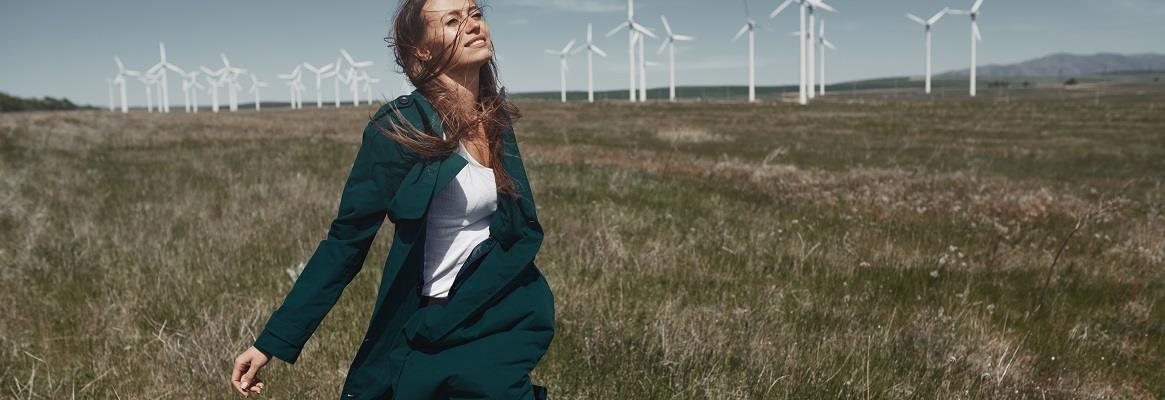The 2019 Pulse of The Fashion Industry 2019 Report declared a decrease in progress towards reaching sustainability within the industry. In efforts to inform, the report listed varying ways in which industry leaders, governments, and investors can all collaborate in order to get back on track.
The Pulse of The Fashion Industry 2019 report revealed the upsetting reality of recent sustainable efforts. The report concluded that though the Pulse Score increased in 2019 from 38 to 42, it did so at a pace one-third times slower than the year before, indicating the challenges companies still face in reaching a perfect score of 100.
The system wasn’t always this complex, but an ever more globalised world eventually led to outsourcing and more complex supply chains. In turn, over years of ignoring the issue, we created a vicious truth that only we can now reverse. According to UN Climate Change News, the fashion industry, which accounts for 10 per cent of global carbon emissions, consumes more energy than the aviation and shipping business combined. These alone are big feats and don't even begin to cover other issues plaguing the industry such as garment disposal or figuring out ways to close the loop.
What the Pulse report highlighted is the exceedingly rapid pace at which the fashion system functions, thus making it more difficult to tighten the gap between cause and solution. Designers have for years been functioning on an unsustainable, capitalist-minded system, which all but forces them to create collections at an unrealistic pace. The consumer too feels the pressures, as new clothes are consistently marketed to them, ultimately shortening the lifespan of a garment.
But the effects of such supply chains and industry demands have proven to be gruesome and become our collective responsibility to repair the damages. For the consumer, sustainable efforts from brands are all but expected. Yet research showed that sustainability is the dominant consideration when shopping for only 7 per cent of consumers. Beyond that, 23 per cent prioritise high quality, 17 per cent looking successful, and 16 per cent receiving good value for money, according to the Pulse report. Additionally, despite the major negative effects the fashion industry continues to have on the environment, the strongest triggers for changing conscious behaviours with regards to sustainability remain climate change efforts and natural disasters.
Moving forward, the Pulse report remarked on the importance of brands marketing words and actions to their consumers appropriately, so as in a way to inform on the urgency for change. Such actions can thus further go on to influence a consumer’s shopping habits for good.
The report also noted the importance of collaborations between fashion industry leaders as well as other eco industries that share common goals. Such efforts can aid in tackling the present lack of technological advancements toward improving environmental damages.
Beyond supply chain modifications and informing the consumer properly, brands are ultimately limited to what they can do. Further efforts, the report urged, must be extended towards awakening our governments and policymakers and getting them to see the need for regulation.
Some governments, such as that of Germany and the Netherlands, have already begun to do so. Fortunately, other governments and policymakers are not far behind, having recently expressed greater interest in engaging in efforts towards improvement. This interest can mostly be attributed to the fact that the pressure for change is coming from citizens. Additionally, the change that is needed cannot realistically occur without policy intervention used to accelerate the process. Ultimately, a government's relationship with particular companies, businesses, trade unions, civil groups, and standard organisations can serve as a platform on which progress can scale.
However, given the fact that the fashion industry has become global, the Pulse report stated the importance for nations to collaborate on efforts and make policies seamless across borders. In order to establish such effective policies, governments and businesses need to work together and clarify their respective roles within the collaborative relationship.
Similarly, investors too are key players that must pay attention and partake in achieving set goals. Simple steps Pulse suggested investors can take included requiring standard disclosures, driving impact, and helping push for common reporting frameworks. In fact, Pulse proposed investors can even choose to collaborate with their investees and engage them in the topic of improved social and environmental practices. Perhaps this can then create the opportunity for the two to partner up and together influence legislators.
As sustainability continues to trend, buzzing in and out of our stream of consciousness, the time appears as ripe as ever to collaboratively take action. Businesses, policymakers, investors, consumers, and all other key players need to acknowledge the urgency and work effortlessly to create a balance between industry growth and its goals in achieving a neutral footprint and reversing its negative impact.
With 2020 coming to an end, we are mere months away from the results of this year’s report. Perhaps the numbers will continue to trend at a slower pace, thus setting us even further back. Or maybe, with the world having to halt and industries forced to improvise with only what they had on hand, in turn shortening supply chains and carbon footprints, the effect could shift in another direction. Already we have seen important, positive trends set towards transformation put into practice this year. One can only hope that it was not too little too late.
This article has not been edited by Fibre2Fashion staff and is re-published with permission from synzenbe.com








Comments